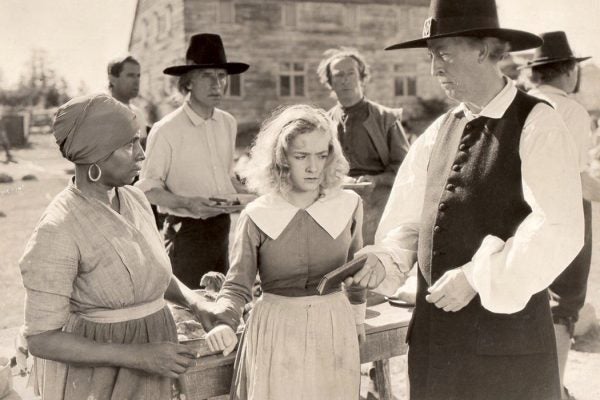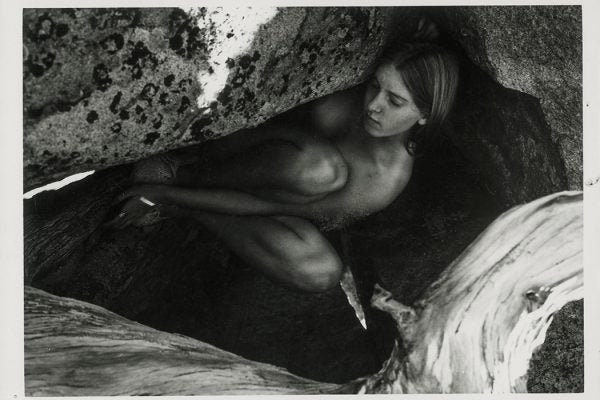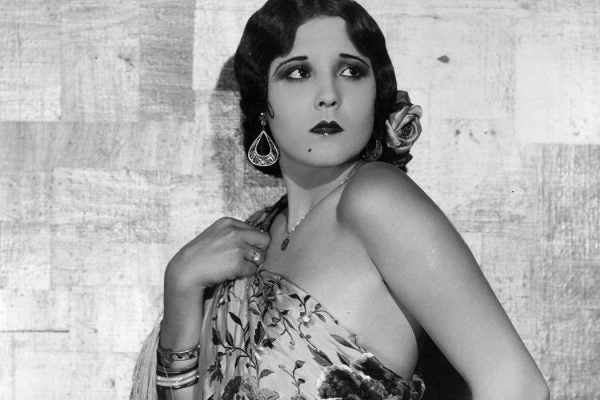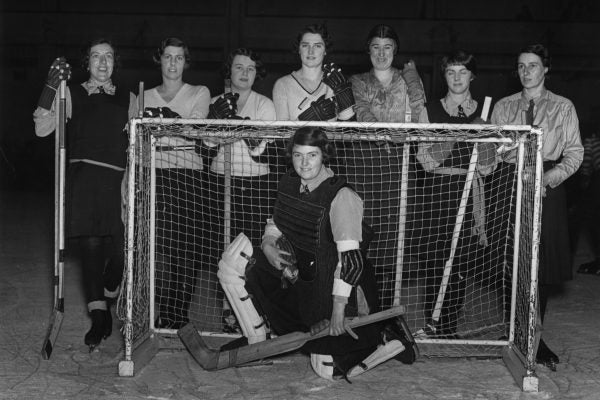How Judi Bari Tried to Unite Loggers and Environmentalists
The radical environmentalist had a background in labor organizing and wanted to end the misogyny of the movement and the logging industry alike.
Margaret S. Collins, Pioneering Black Entomologist
She was the first African American woman to earn a PhD in entomology as well as an activist for freedom in the Civil Rights Movement.
Madame Sul-Te-Wan’s Forgotten Brilliant Career
The mysteriously named Madame Sul-Te-Wan was the first black actress to land a Hollywood studio contract.
Photographer Francesca Woodman’s Haunting Dissolutions
Woodman's imagery engaged with architectural and natural landscapes that were themselves in a state of change and decay.
Is Emma Really the Heroine of Emma?
Jane Austen gave her character Emma Woodhouse plenty of off-putting qualities. So does she even deserve her popularity?
This Wrench Smashes Patriarchy: Women and Tools
After World War II, many women in industrial jobs put down their wrenches. But the spirit of Rosie the Riveter couldn't be denied.
What Was the Black International?
The twentieth-century struggle for African independence began in Paris salons hosted by the daughters of elite blacks, then travelled by telegram and steamship.
La Pelona: The Hispanic-American Flapper
Flapperismo was no more appreciated by Hispanic guardians of traditional femininity than it was by Anglo-American ones.
3 Women Philosophers of the Enlightenment
They shaped the history of Western philosophical thought. It's past time to recognize their contributions.
A Century Ago, Women Played Ice Hockey
Ice hockey came to the U.S. from Canada at the end of the nineteenth century. Women started playing immediately, forming their own clubs.









